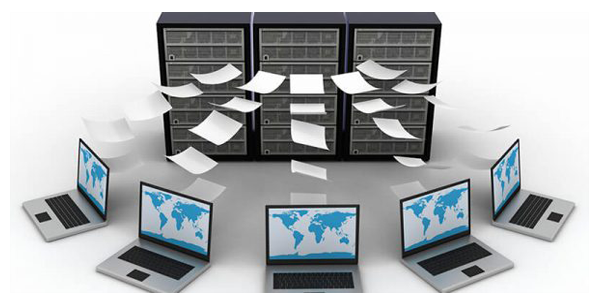
Securing Your File Servers: Essential Tips for Robust Protection
Introduction
In today’s digital landscape, file servers act as the backbone for storing and managing critical organizational data. Therefore, it is of utmost importance to implement robust security measures to protect file servers from unauthorized access, data breaches, and potential threats. In this blog post, we will delve into key points that can help strengthen the security of your file servers, ensuring the integrity and privacy of your organizational data.
1. Regular Updates and Patching
Keeping your file server’s operating system, software, and applications up to date is crucial to address known vulnerabilities. Opinion: Regular updates and patching ensure that security patches and fixes are applied promptly, reducing the risk of exploitation by hackers.
2. Access Controls and User Permissions
Implementing strong access controls is essential to limit access to your file server only to authorized personnel. Opinion: Assigning user permissions based on the principle of least privilege ensures that users have only the necessary access to perform their job functions.
3. Strong Authentication Measures
Enforcing strong authentication measures, such as requiring complex passwords, multi-factor authentication, and regularly changing passwords, adds an extra layer of security to your file server. Opinion: These measures decrease the likelihood of unauthorized access to sensitive data.
4. File-Level Encryption
Implementing file-level encryption adds an extra layer of protection to your data, ensuring that even if files are accessed unauthorizedly, they cannot be easily read or decrypted. Opinion: Encrypting sensitive files mitigates the risk of data leaks and unauthorized data access.
5. Firewall and Intrusion Detection Systems
Configuring firewalls and Intrusion Detection Systems (IDS) effectively safeguards your file server from unauthorized network access and potential intrusion attempts. Opinion: Firewalls filter incoming and outgoing network traffic, while IDS monitors and detects suspicious activities, triggering alerts for potential threats.
6. Secure Remote Access
If remote access to your file server is necessary, implementing secure remote access protocols like VPN (Virtual Private Network) tunnels ensures encrypted communication and secure file transfers. Opinion: This prevents unauthorized access to data during transmission over public networks.
7. Regular Data Backups
Regularly backing up your file server data is crucial for data integrity and recovery in case of data loss or ransomware attacks. Opinion: Ensure that backups are stored securely and regularly tested for successful restoration.
8. Monitoring and Logging
Implementing real-time monitoring and logging mechanisms allows for the detection of unusual patterns, unauthorized access attempts, or suspicious activities on your file server. Opinion: This aids in identifying potential security breaches and taking immediate action to mitigate them.
9. Employee Education and Security Policies
Educating employees about best security practices, such as password hygiene, data handling, and social engineering awareness, reduces the risk of human error leading to security breaches. Opinion: Establishing comprehensive security policies and enforcing them across the organization ensures a security-conscious culture.
Conclusion
Protecting your file servers is essential to safeguard sensitive organizational data and maintain data privacy. By implementing the key points discussed above, such as regular updates, access controls, strong authentication, encryption, firewalls, secure remote access, regular backups, monitoring, and employee education, you can significantly enhance the security posture of your file servers. Remember that security is an ongoing process, and it’s vital to stay vigilant, continuously monitor for potential vulnerabilities, and adapt your security measures accordingly. Investing in robust file server protection measures ensures the safety and integrity of your organization’s critical data, guarding against potential threats in today’s digital age.